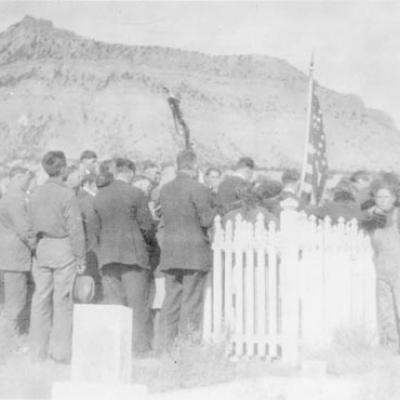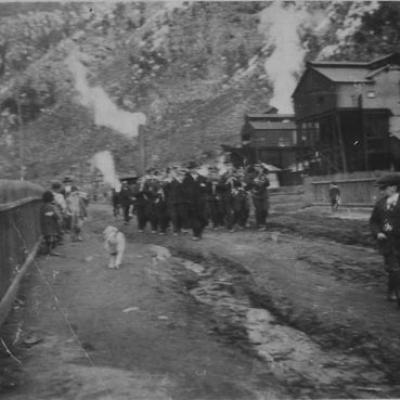Mining Strikes
American Industry boomed throughout the turn of the 20th century, and with it came massive expansion in one particular sector; mining operations were growing at a staggering rate, and mines spanned the entire country from coast to coast. Western mines in particular, such as those in Utah, were major pull factors for immigrants who looked to the United States for employment. However, as industry rushed forwards and profits started to soar for major business owners, the miners were left to suffer at the hands of stringent employers. In response to wage decreases, lack of job security, and minimal job safety, many miners joined together in unions to attempt to combat devious mining companies and secure better working conditions for themselves. This materialized in the form of strikes, with some even gaining national recognition and receiving federal attention. On such strike occurred in 1922, and Utah in particular saw the turmoils of these strikes firsthand.
Carbon County saw the arrival of unions in 1922, and groups such as United Mine Workers and the National Miners Union fought one another to get as many miners to sign up as they could. Mine operators vehemently opposed these new arrivals and soon witnessed the product of union organization in their mines; large numbers of miners refused to enter the mines, wage collectors were harassed and prevented from transporting money, and there are even cases where train operators were ambushed and killed by union members. This outbreak of violence caught the attention of the federal government, and the National Guard found its way into prominent Utahn mining towns such as Schofield, Price, and Castle Gate. The strikes were eventually suppressed but not without bloodshed on both the part of the miners and their employers, and the outcome of this ordeal offered little to no change for immigrant miners working in American mines.
Explore more documents from this period in the Carbon County Coal Strike Records digital collection.



